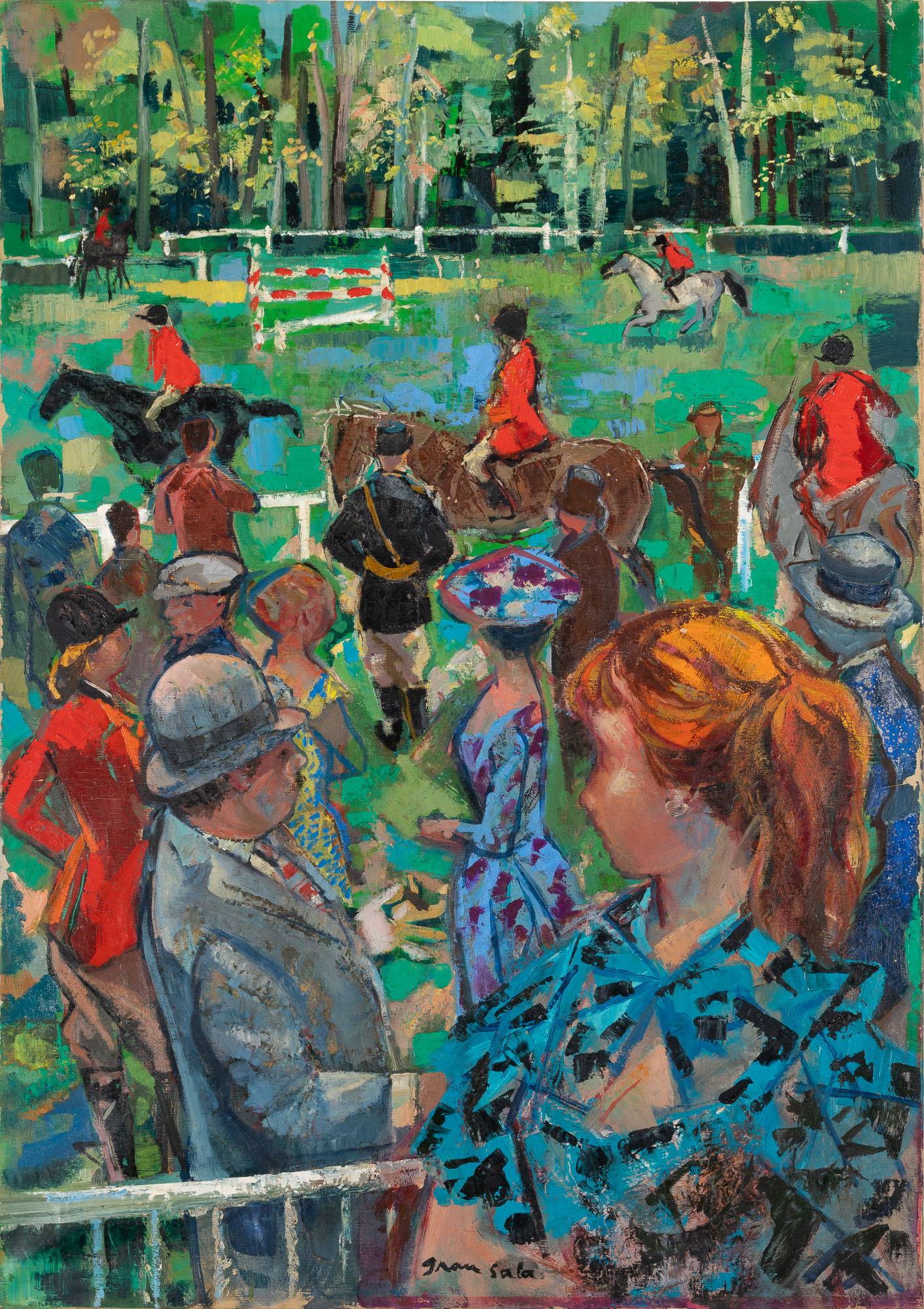
Emilio Grau-Sala
Spanish, 1911-1975
Emilio Grau-Sala, born in Barcelona and the son of draughtsman Juan Grau Miró, was a central figure of the School of Paris and a leading voice in mid-20th-century European colorism. Though formally trained at the Barcelona School of Fine Arts, his painterly style developed independently, drawing more from the traditions of Impressionism and Fauvism than from the avant-garde. By the 1930s, he had relocated to Paris, where he quickly found success, winning the prestigious Carnegie Prize in 1937.
In Montparnasse, Grau-Sala worked across oil, watercolor, pastel, and illustration, contributing to literary editions of Baudelaire, Flaubert, and Proust, and participating in the Salon “Comparaisons” circle. His subjects, figures, interiors, urban scenes, racecourses, and circuses, reflect a consistent interest in everyday life, rendered through vivid color and balanced composition.
After returning to Barcelona in the 1960s, Grau-Sala remained committed to figuration as much of Spain shifted toward abstraction. At his death in 1975, he left behind a body of work notable for its continuity, craftsmanship, and visual clarity. Today, his paintings are held in both private and public collections, recognized for their contribution to European modernism and their lasting appeal to art collectors.




